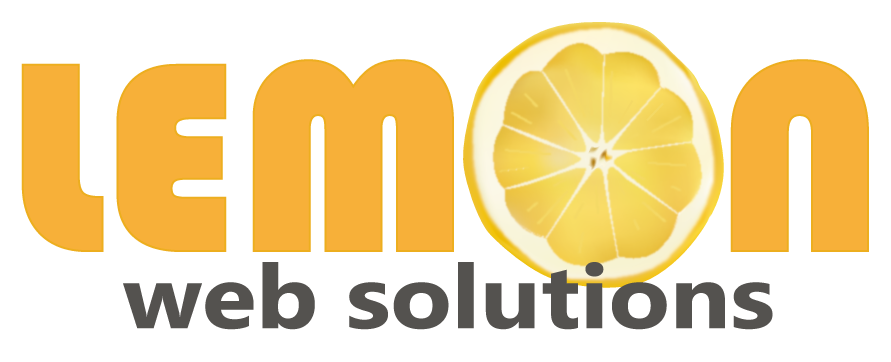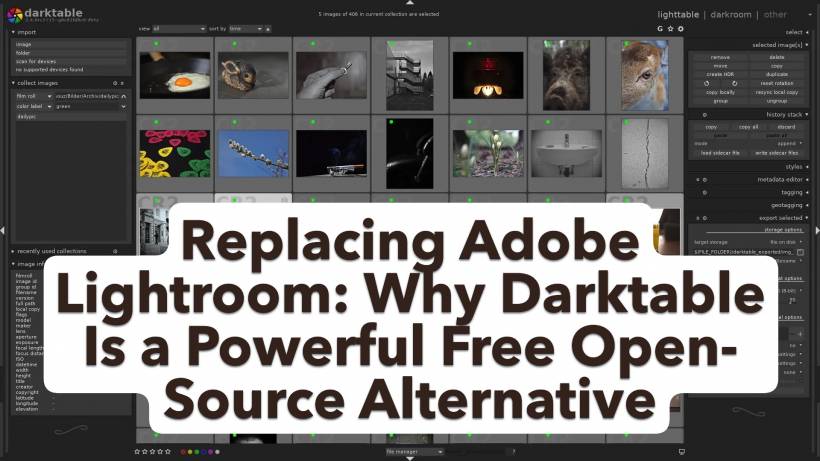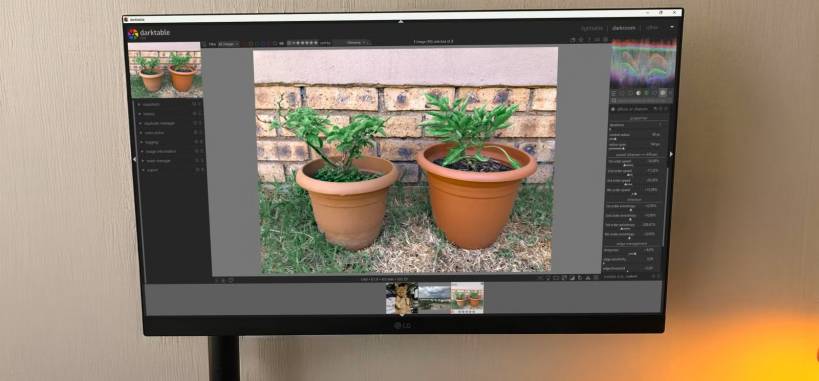Adobe Lightroom has long been considered the gold standard for photo management and RAW image editing. Its seamless workflow, extensive toolset, and deep ecosystem integration make it a go-to solution for both professionals and hobbyists. However, many users have begun exploring alternatives — driven by increasing subscription costs, concerns about cloud dependency, and the desire for more control over their creative workflows.
One of the strongest contenders to emerge from the open-source community is Darktable — a free, professional-grade RAW editor that rivals Lightroom in performance and features. More than just a replacement, Darktable has become a favorite among photographers seeking a local, privacy-friendly, and customizable editing environment.
What Is Darktable?
Darktable is an open-source photo editor and workflow manager designed specifically for photographers who work with RAW images. In essence, it serves as a free alternative to Adobe Lightroom — offering a comparable range of tools without the cost or licensing restrictions.
Built around flexibility and transparency, Darktable provides:
The interface may look technical at first, but once explored, it reveals a logical and efficient workflow suitable for both professional photographers and serious enthusiasts.
Broad RAW Format Support
One of Darktable's biggest advantages is its extensive camera compatibility. The software supports RAW formats from over 400 camera models, significantly surpassing Lightroom's default support list.
When opening RAW files, images may initially appear slightly flatter or less vibrant — an intentional design choice that gives photographers a neutral starting point. This "blank canvas" approach preserves image detail, allowing full creative control during editing.
Beyond RAW, Darktable also handles standard image formats such as JPEG and PNG, making it suitable for general photo retouching as well.
Efficient Cataloging with "Lighttable"
Darktable's photo management system, aptly named Lighttable, provides a clean and effective way to organize large image collections. Users can filter photos by metadata such as aperture, shutter speed, capture date, or camera model, and can tag, rate, and group them into collections for structured organization.
While Adobe's cataloging tools remain more refined in user experience, Lighttable delivers comparable functionality without sacrificing performance. It's straightforward, reliable, and fully local — ideal for those who prefer not to rely on cloud-based asset libraries.
Non-Destructive Editing
Darktable employs a non-destructive editing workflow, ensuring that every adjustment — from exposure tweaks to complex color grading — is stored as metadata rather than applied directly to the image file.
This method preserves the original photo while allowing users to freely experiment with multiple versions or creative directions. Adjustments can be modified, removed, or re-sequenced at any time, which makes Darktable a solid choice for iterative or long-term editing projects.
Advanced Color Control and Precision Tools
Color editing is one of Darktable's strongest capabilities. Its modular editing system includes specialized tools such as:
The interface organizes these into functional groups:
Users can also switch between different workflow modes, such as beginner or professional, to simplify the interface and focus on the most relevant modules.
This modularity, combined with visual graph displays for curves and histograms, gives photographers near-surgical control over tone and color — a level of flexibility that even some paid tools struggle to match.
A Viable Lightroom Replacement
Darktable is not just a "good enough" alternative — it's a professional-grade editing platform capable of standing on its own. It offers comprehensive batch editing, RAW development, and customizable workflows, all while being completely free and open-source.
While Lightroom may still have an advantage in cloud syncing and integration across Adobe's ecosystem, Darktable excels in local control, data ownership, and feature flexibility. It's especially appealing for users who value open standards, privacy, and cost-effectiveness.
The Open-Source Advantage
Beyond the technical merits, Darktable represents the strength of the open-source movement in creative software. It's continuously improved by a global community of photographers and developers, with regular updates, bug fixes, and support for new camera models.
By choosing Darktable, users gain access to a professional editing suite that's transparent, sustainable, and free from vendor lock-in. It's a tool that demonstrates how open-source software can meet — and often exceed — the standards set by commercial giants.
Conclusion
Darktable proves that professional-level photo editing doesn't have to come with a monthly fee. With its powerful RAW processing engine, modular workflow, and advanced color tools, it's a worthy successor for anyone considering stepping away from Adobe Lightroom.
For photographers who value freedom, flexibility, and full control over their creative environment, Darktable stands as one of the best open-source tools available today.





